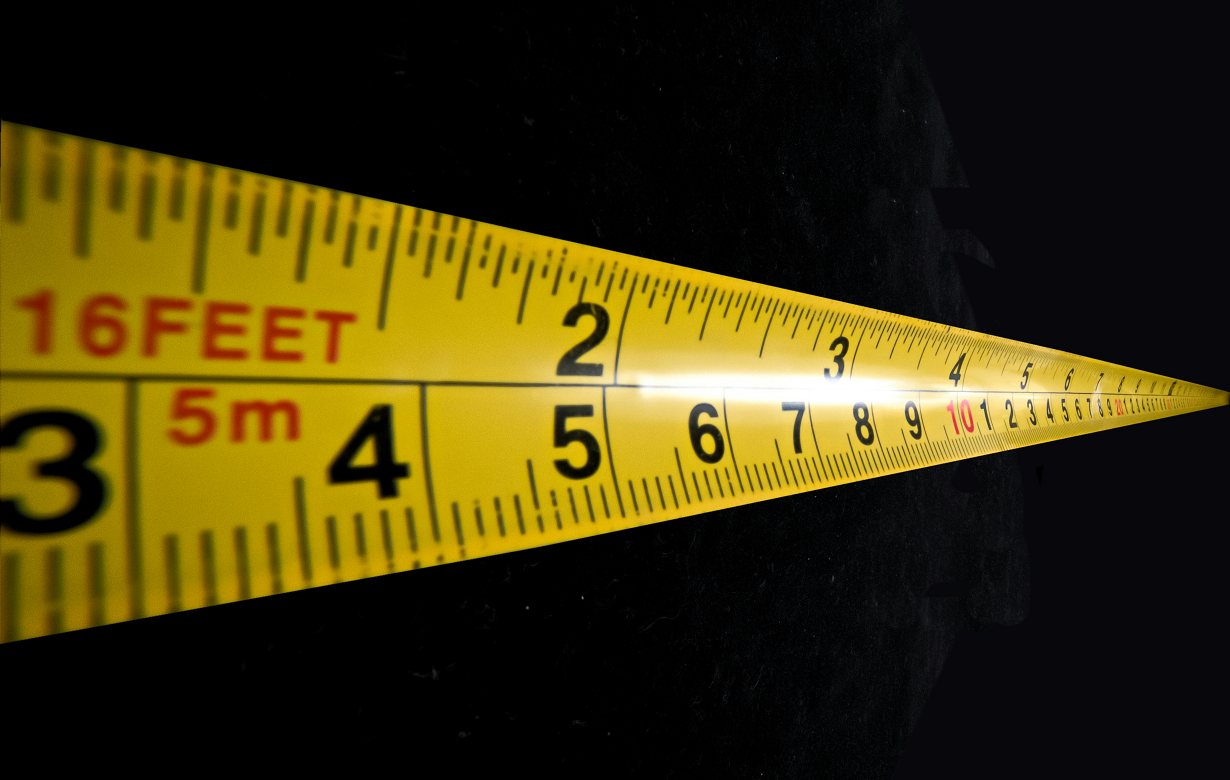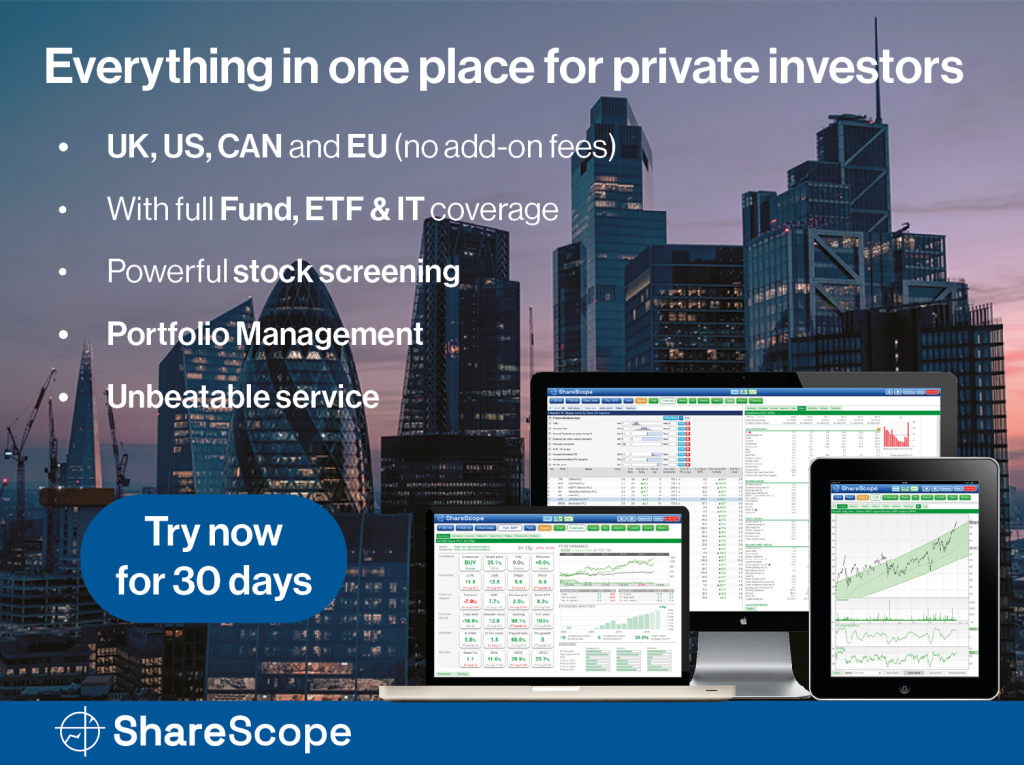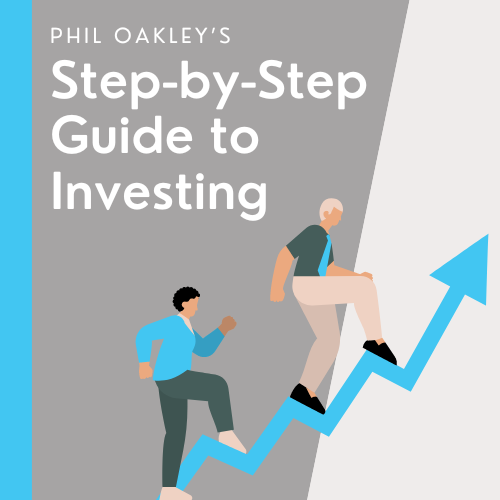Michael looks at the emotional effects on position sizing and how to size appropriately, showing why it’s the trader’s final line of defense. In this insightful piece, he shares practical strategies to balance risk, protect capital, and keep emotions from undermining performance.

The art of sizing correctly
Sizing correctly isn’t just a science. It’s an art. Being able to effectively size your positions is the last bastion of defence you have as a trader, as size too large and you risk doing some serious damage to your portfolio.
Not only do you have to position size for risk, but you need to take into account the total exposure of your account when thinking of a trade.
For example, you might only be risking 1% of your account on a trade, but if that position size is around 50% of your account because your stop is so tight, the reality is around half of your trading account is at risk.
If that stock was to announce a suspension due to accounting difficulties the day after you place the trade, that means it’s highly likely you’re going to be losing multiples of your risk and at risk of a serious walloping.
Emotional sizing
One trader I am working with is currently having issues with his sizing. He was originally risking too much of his account and not cutting his losses because the numbers were making him emotional.
He recognised this and then started trading smaller. However, because the numbers are now so small he lets the trades run far longer than he should in both directions (not cutting losses and not taking profits).
The reason for this is firstly because he is thinking in pounds.
Thinking in monetary values is a bad idea. And I would recommend to get rid of any £ sign on your account, if possible, because you do not want to be reminded that this is real money.
What you want to be thinking is points, not pounds. Trading points are the soldiers in your trading account that are dispensable. In war, casualties are not nice, but they are necessary. And you can’t win wars without risking soldiers.
Likewise, in trading, you can’t advance without risking points. It is more than an occupational risk. It is an occupational hazard. Loss of points is going to occur whether we like it or not (unless of course you’re an Instagram trader).
In your first two years of trading your goal should be to accumulate knowledge and experience without drawing down too heavily on your account. If you make a profit – great!
But trading is a long-term business and it should be treated as such. The skillsets you gain can pay handsome dividends over the course of an entire career, and do not need to be rushed.
If you’re in a hurry to make money quickly, it’s a quick way to find yourself in the poorhouse.
Therefore, any position sizes need to be small enough that you don’t risk doing material damage to your account, but not so small that you’re not invested in the position (people go all in on low stakes online poker because they don’t care).
The moment you think that “the position size is too small, it’s not worth selling as it’s only £xx” you’re doomed.
And when you don’t cut a loss because it’s worth a small City break away you’ve already lost.
Equating trading points to monetary value or what those points can buy will always put you on the back foot.
As a friend of mine who ran a multi-billion macro hedge fund once said, you always need to think in percentages.
“If you tell someone they’re up 5%, they’re up 5%. But if you tell someone they’re up £5 million you’ll blow their mind”.
And whilst it’s statistically unlikely you’ll have many trades with a P&L of £5 million, it’s all relative.
That doesn’t mean I don’t get annoyed up when I have to pay £6 for a parking space, but I can lose larger sums in the market and not feel anything.
Feel nothing
You have to feel nothing in the market.

Emotions are generally a hindrance in the stock market because the default and untrained individual is not conducive for stock market success.
We cut our winners quickly because we want to be right, and we run our losses because we naturally become more risk-seeking in order to avoid the certainty of a loss, hence the ‘breakeven trade’.
This is sub-optimal.
You need to train yourself to feel nothing, and act robotically.
That means no thoughts when you lose, and no celebrations when you win.
In fact, you are at your most vulnerable after your biggest win.
You’re on fire, you’ve just hit a big multi-R trade, and you’re brimming with confidence.
If you’re feeling on top of the world then it’s probably best to step away from the keyboard to avoid doing any damage.
Only if you can remain emotionless and feel nothing should you continue.
Conclusion
Trading is hard and the sad reality is most who attempt it will fail. This is backed by plenty of academic studies but also the brokers show this on their websites (thanks to ESMA regulation back in 2018).
And whilst it certainly doesn’t mean you can’t succeed (you can), it does mean that you need to come fully prepared.
If you can’t master your emotions in trading, then your emotions will master you and your P&L will reflect it.
Michael Taylor
Get Michael’s trade ideas: https://newsletter.buythebullmarket.com/
Instagram: @shiftingshares
This article is for educational purposes only. It is not a recommendation to buy or sell shares or other investments. Do your own research before buying or selling any investment or seek professional financial advice.




Hi Michael
I’ve read this sentence a few times but I still don’t understand it: “For example, you might only be risking 1% of your account on a trade, but if that position size is around 50% of your account because your stop is so tight, the reality is around half of your trading account is at risk.”
Would be very grateful if you could explain.
Many thanks Roger
Recent examples of delisting: Annexo, ADVFN
If your account is 100,000 GBP, and you take a position worth 50,000 GBP, that is 50% of your account at risk. But if you set a stop loss at 1,000 GBP, below the purchase price of the position, that is risking 1% of your account. However a 1,000 GBP drop in 50,000 GBP is only 2%. Which is likely too tight a stop.
Hi Roger,
Let’s assume you are risking £1,000 on a trade.
The entry price is 15p and your intended stop is 11p.
That means your risk per share is 4p and if we take this and divide it from our monetary risk (£1,000) then we get 25,000 shares (£1,000 / £0.04 = 25,000).
25,000 shares at the entry price would be £3,750.
So whilst the risk on the trade might be £1,000 or 1% of a £100K account, the actual position size is £3,750 or 3.75% account risk.
If the stock was to delist etc, then 3.75% of your account is really at risk.
Hope this makes sense?
I was a bit disappointed with this article. From the title I was expecting tips on how to size correctly, but there are none. I seems to be more of a discussion on the psychology of trading.
Hi John – sorry to disappoint!
I was going to link you to an earlier ShareScope article I wrote on position sizing however scanning through the archives it doesn’t immediately jump out.
I’ll write a clear piece on position sizing for my next article as it’s obviously been a while since I covered that topic.
Position sizing isn’t the last line of defence; it’s the first and only. Everything else depends on it.